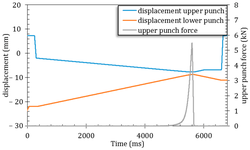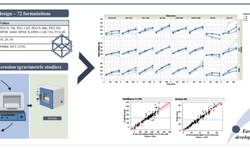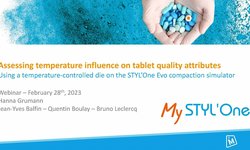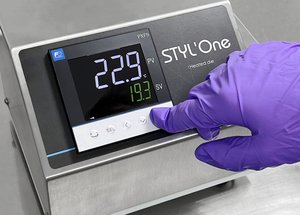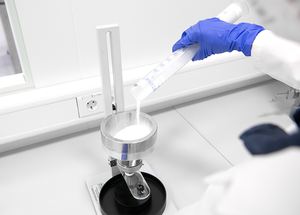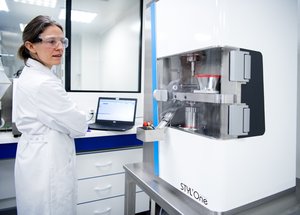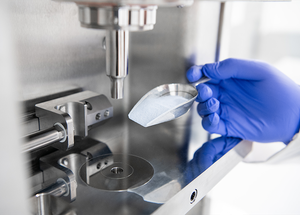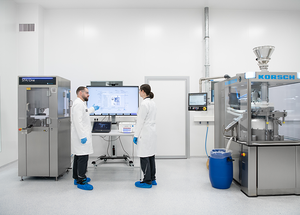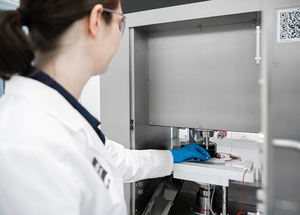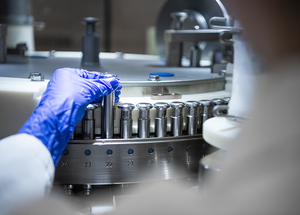Scientific papers
Near-infrared chemical imaging (NIR-CI) employing high-speed cameras based on the push-broom acquisition principle is a rapidly advancing technology applicable for various purposes, including product classification and sorting, as well as mapping the spatial distribution of materials. This study investigates the suitability of NIR-CI for tablet manufacturing. Tablets were introduced into the CI system via a flat belt conveyor, and a formulation comprising 4 wt.%–6 wt.% caffeine, 5 wt.% crospovidone as a disintegrant, 88 wt.%–90 wt.% lactose as a filler, and 1 wt.% magnesium stearate as a lubricator was tableted at compression forces ranging from 5 kN to 30 kN. NIR‐CI was utilized to analyze the intra- and inter-tablet homogeneity of caffeine and the tablet’s hardness. Two methods, standard deviation (SD) and distributional homogeneity index (DHI), were employed for homogeneity evaluation. The results revealed that the SD of caffeine within a single tablet increased with higher caffeine content, attributed to natural variations in a binary mixture of caffeine and excipients. Overall, the selected NIR-CI setup exhibits strong potential for transfer to production scale to monitor all tablets in a production stream.

Comments
No comments posted yet.
Add a comment

